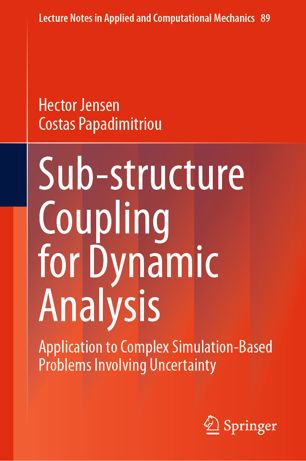

Most ebook files are in PDF format, so you can easily read them using various software such as Foxit Reader or directly on the Google Chrome browser.
Some ebook files are released by publishers in other formats such as .awz, .mobi, .epub, .fb2, etc. You may need to install specific software to read these formats on mobile/PC, such as Calibre.
Please read the tutorial at this link: https://ebookbell.com/faq
We offer FREE conversion to the popular formats you request; however, this may take some time. Therefore, right after payment, please email us, and we will try to provide the service as quickly as possible.
For some exceptional file formats or broken links (if any), please refrain from opening any disputes. Instead, email us first, and we will try to assist within a maximum of 6 hours.
EbookBell Team

4.7
26 reviewsThis book combines a model reduction technique with an efficient parametrization scheme for the purpose of solving a class of complex and computationally expensive simulation-based problems involving finite element models. These problems, which have a wide range of important applications in several engineering fields, include reliability analysis, structural dynamic simulation, sensitivity analysis, reliability-based design optimization, Bayesian model validation, uncertainty quantification and propagation, etc. The solution of this type of problems requires a large number of dynamic re-analyses. To cope with this difficulty, a model reduction technique known as substructure coupling for dynamic analysis is considered. While the use of reduced order models alleviates part of the computational effort, their repetitive generation during the simulation processes can be computational expensive due to the substantial computational overhead that arises at the substructure level. In this regard, an efficient finite element model parametrization scheme is considered. When the division of the structural model is guided by such a parametrization scheme, the generation of a small number of reduced order models is sufficient to run the large number of dynamic re-analyses. Thus, a drastic reduction in computational effort is achieved without compromising the accuracy of the results. The capabilities of the developed procedures are demonstrated in a number of simulation-based problems involving uncertainty.